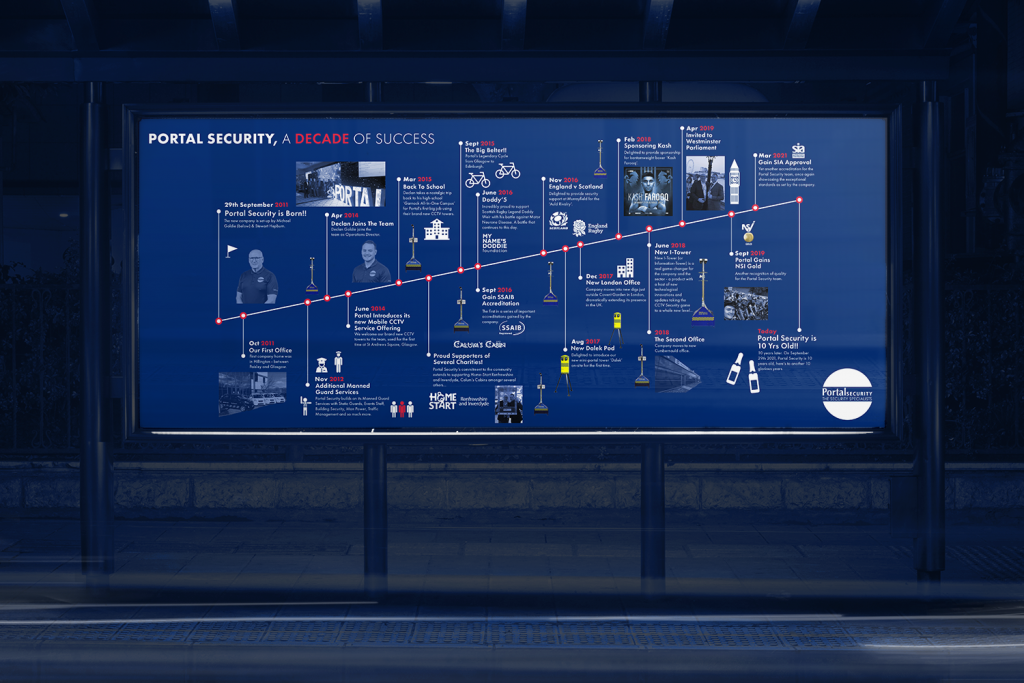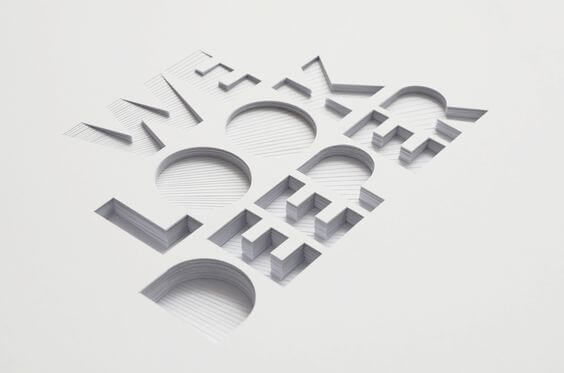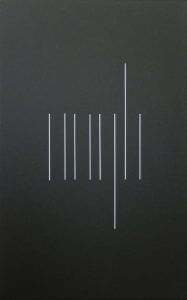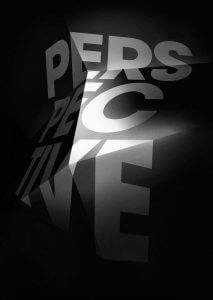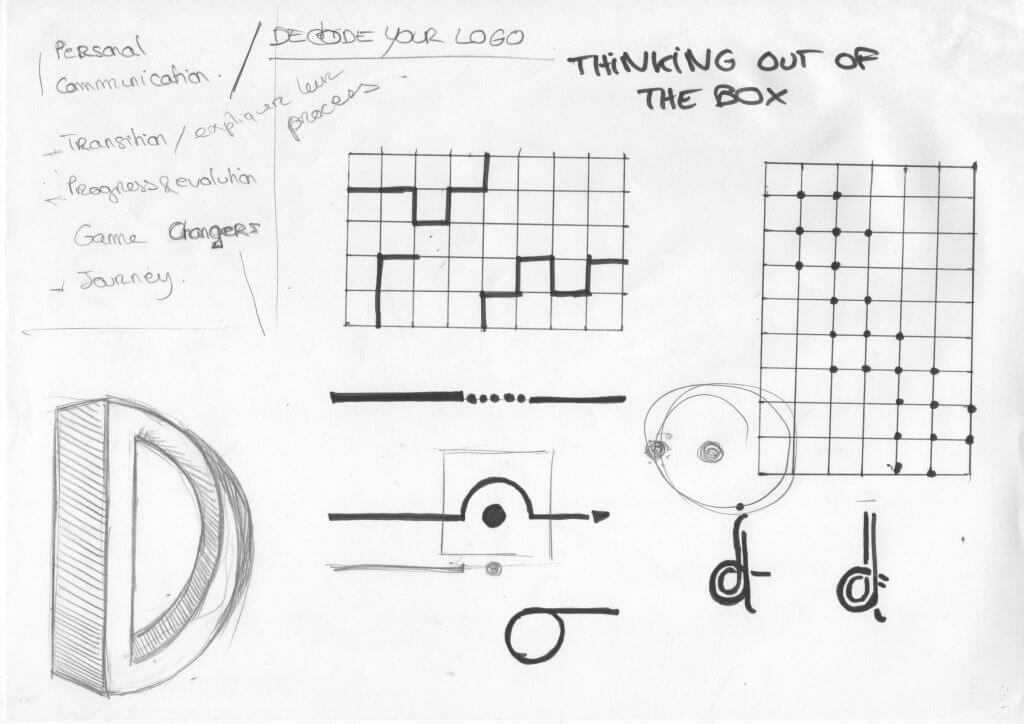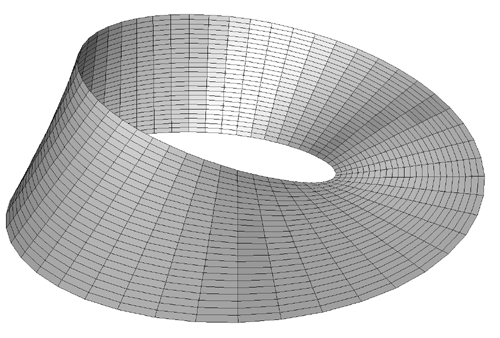We are delighted to present a series of exciting and new Design & Branding projects created by the loft in the last few years..
A DECADE OF SUCCESS
We’ve been really delighted to be working with Declan, Michael and the rest of the wonderful folks at Portal Security for a number of years now…
A few weeks ago they celebrated their 10th birthday and what a 10 years it has been – innovative new products, set-piece client wins, offices in both Scotland & England, accreditations of excellence in their operations and a real attitude of giving back to the communities they serve through countless hours of charity work and so much more. All of this has been at the heart of this decade of success for the organisation..
Of course we were more than happy to wrap all of these outstanding achievements into this special timeline infographic (hey it’s what we do..) Ascending timeline showing the growth of the company, a special hybrid mix of photos, icons, words and most of all cloaked in the most Portal of Portal Blues..
Happy birthday folks….
THE LOFT
‘HELPING TO REDUCE VIOLENCE IN SOCIETY TODAY’
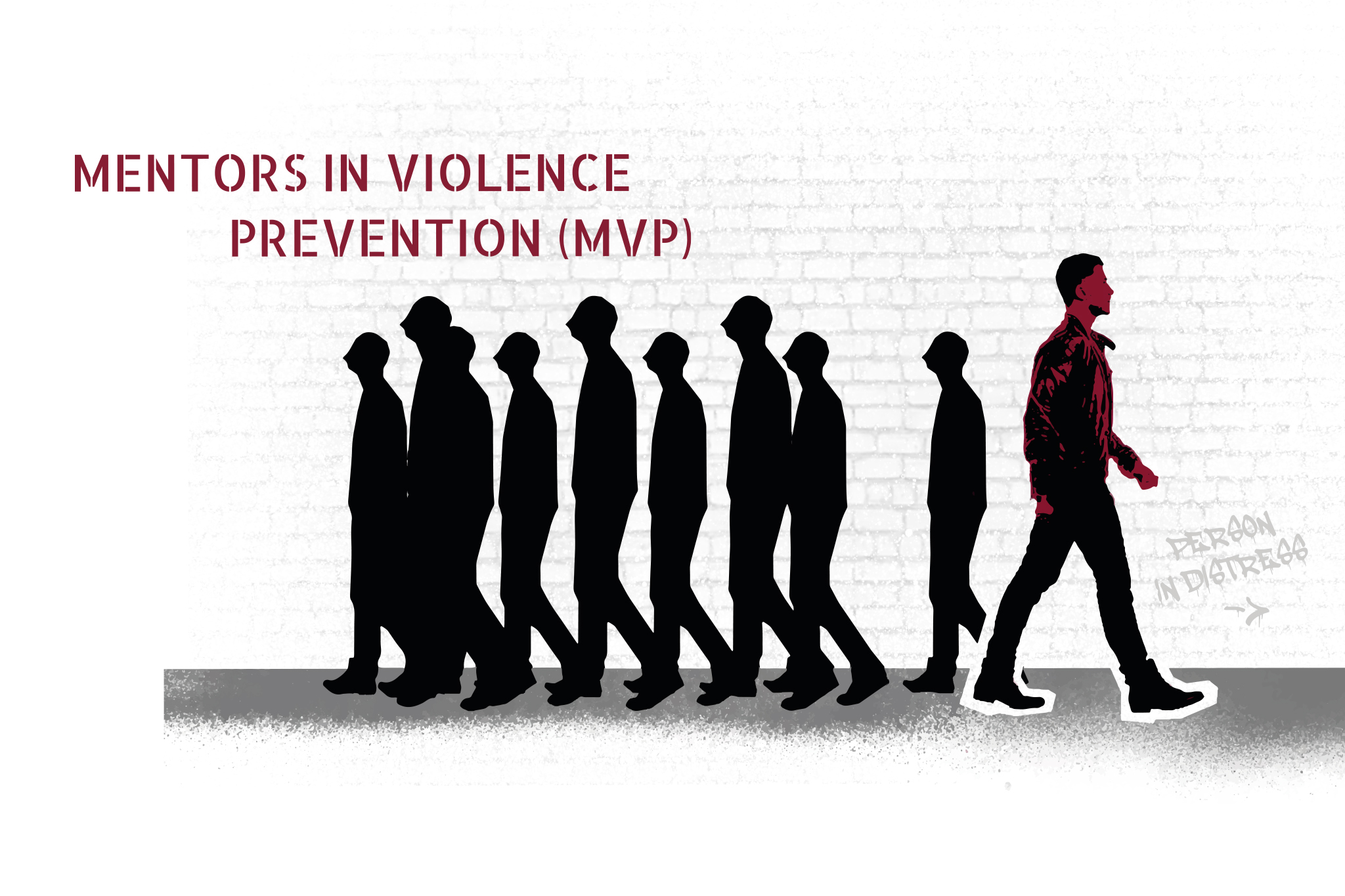 One of the projects that has given us the greatest satisfaction in recent times is our creative work with The Scottish Violence Reduction Unit. The SVRU are responsible for thoughtful, practical and ultimately effective actions reducing violence in our society today. They have made a significant difference over the last 15 years or so in Scotland and a similar body is now being set-up in London.
One of the projects that has given us the greatest satisfaction in recent times is our creative work with The Scottish Violence Reduction Unit. The SVRU are responsible for thoughtful, practical and ultimately effective actions reducing violence in our society today. They have made a significant difference over the last 15 years or so in Scotland and a similar body is now being set-up in London.
There is still much work still to do here in Scotland but one of the real successes of the SVRU has been the ultra-targeted method with which different projects are used to incrementally and effectively reduce different types of violence in our homes, streets & public places.
We were delighted to be given the opportunity to help this exceptional organisation bring these different programmes to life with these graffiti-inspired illustrations – Street & Arrow, Mentors in Violence Prevention, Navigator, Ask Support Care (ASC) and One Community.
Each illustration looking to summarise what these exceptional programmes does in the most imaginative and captivating ways possible.
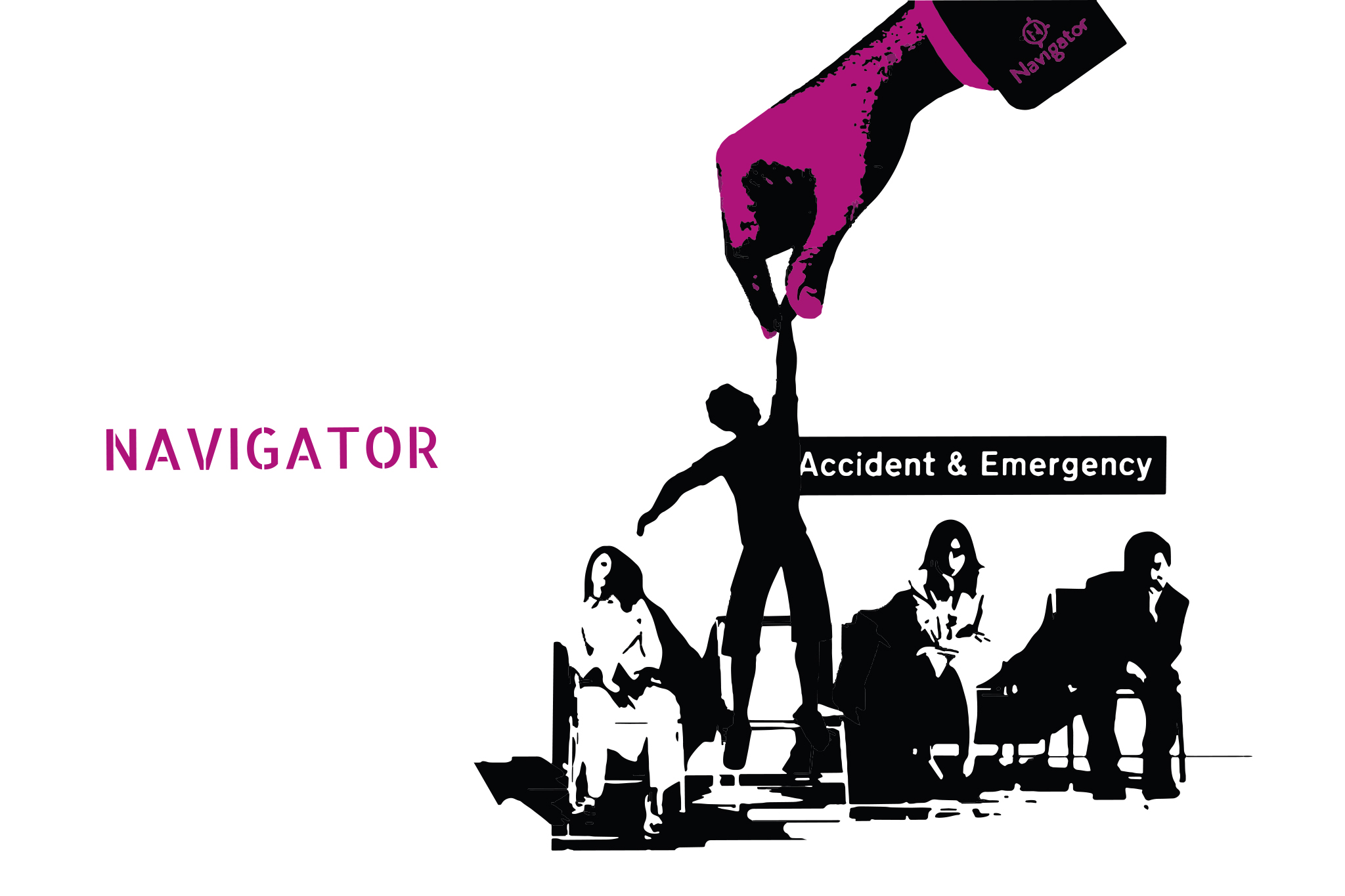
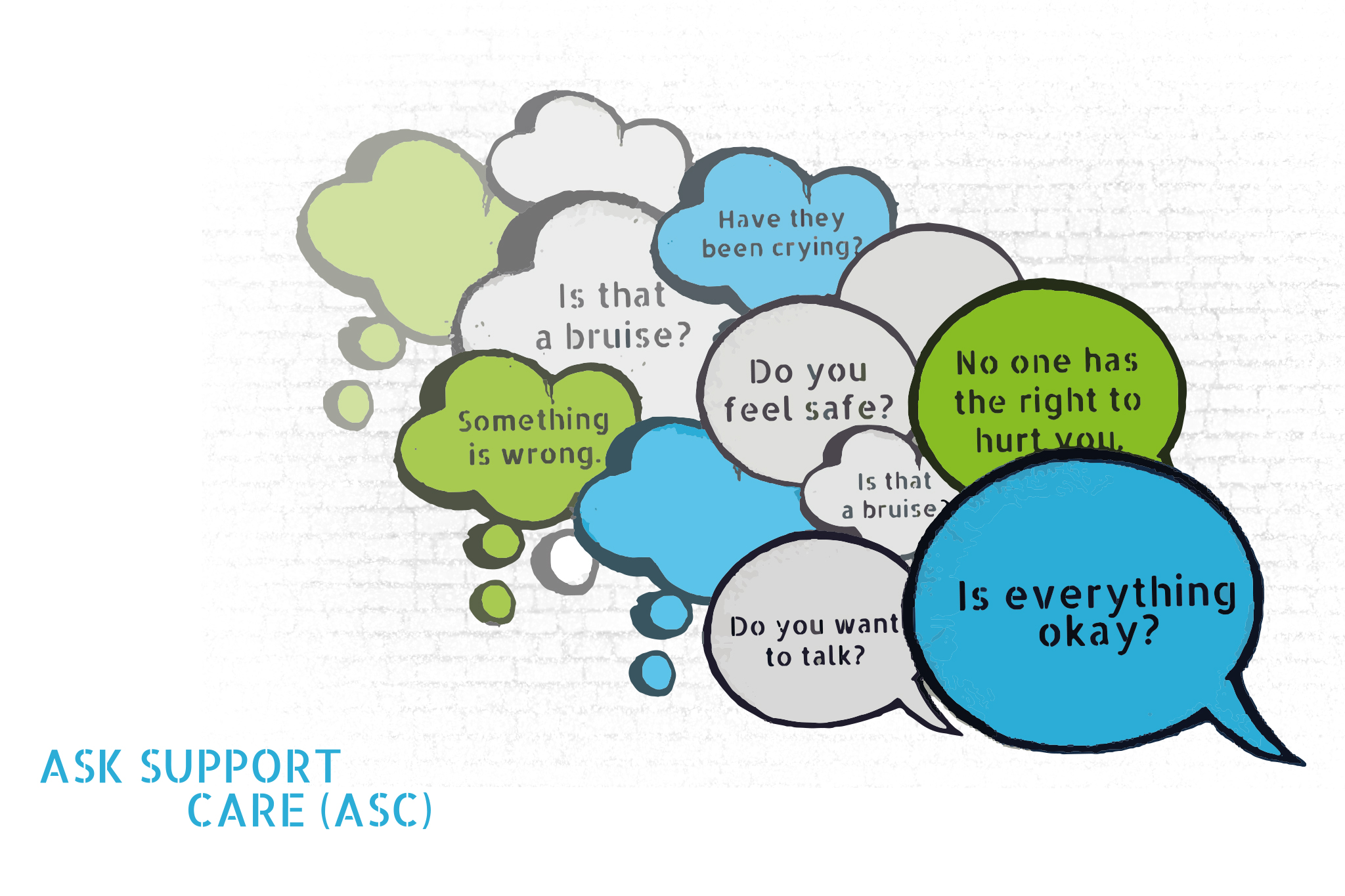
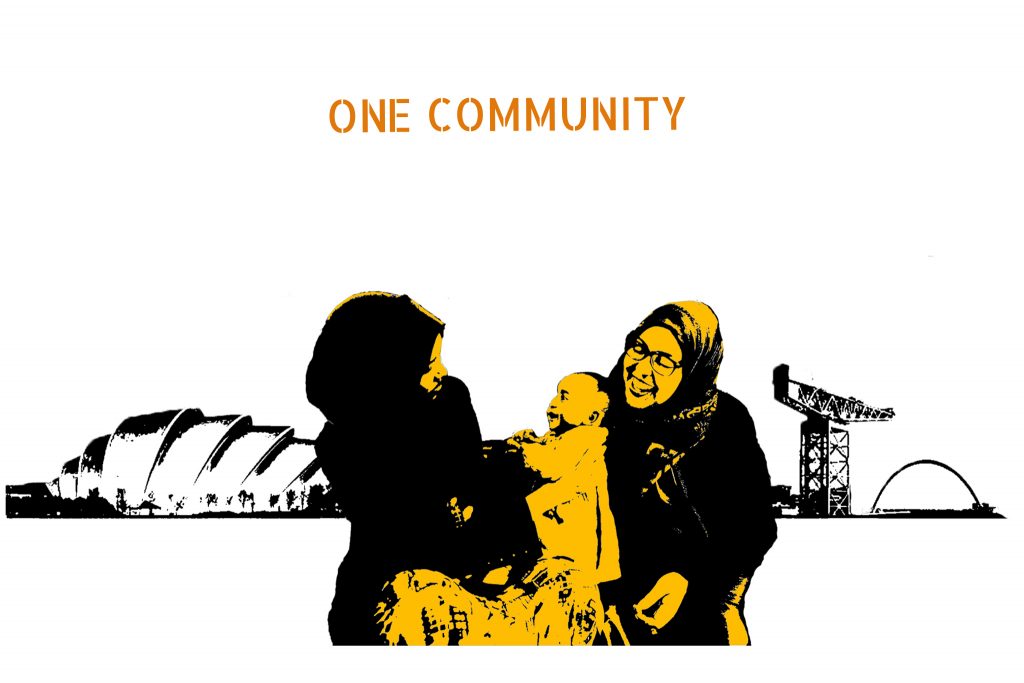
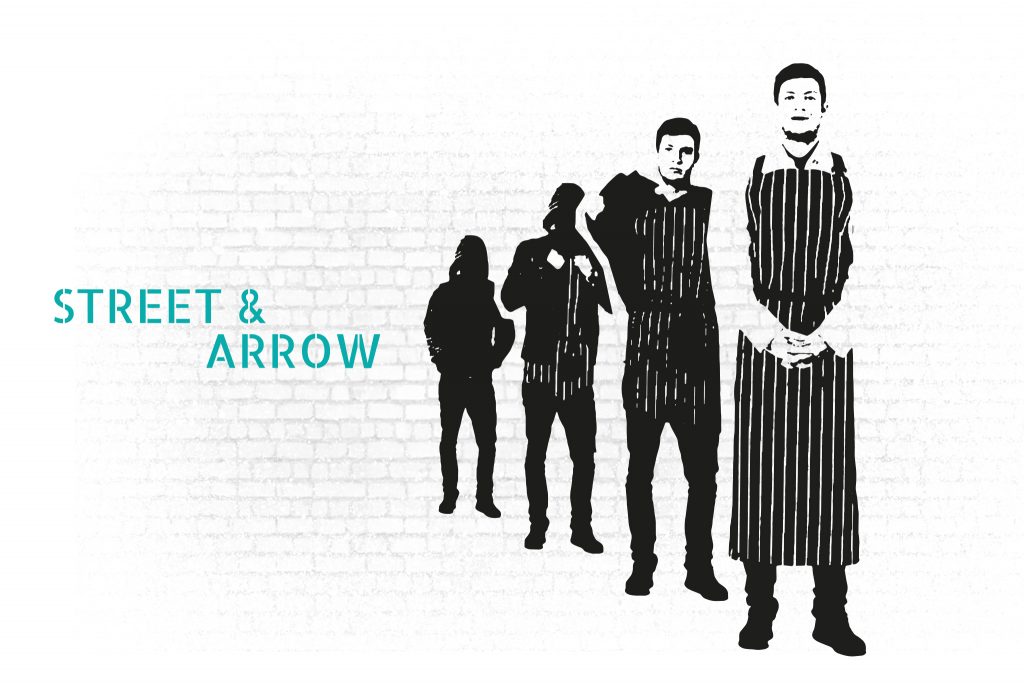
We hope you like…
WORKING TOWARDS A MORE SUSTAINABLE FUTURE
‘Working towards a more sustainable future…’ Or ‘Andare avanti verso un futuro più sostenibile..’
We’ve been busy bees at the loft in the last couple of months creating new identities, websites, campaigns and in this case infographics…
One of the things we’ve been most proud off is this lovely little visual we created alongside Letizia Macri, the Vice President of the ESG European Institute in Rome, Italy. Letizia and the ESG’s vision is to help create a more sustainable, accountable and socially responsible form of commerce across Europe and beyond.
A lovely little project (and with strong Italian roots,) a great little project to be personally involved in…
Infographic is available in both Italian & English languages, but we thought we’d go for Italian for this particular post..
You can find out more about Letizia and the ESG at… https://esginstitute.it
A presto…
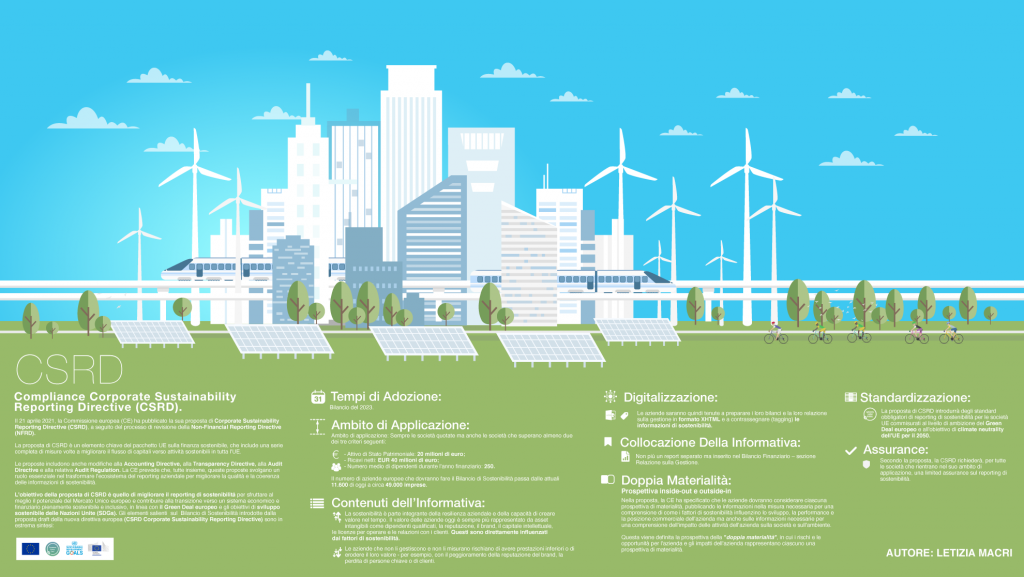
If you’d like to find out more about our Design & Branding services contact us…
Benedetto
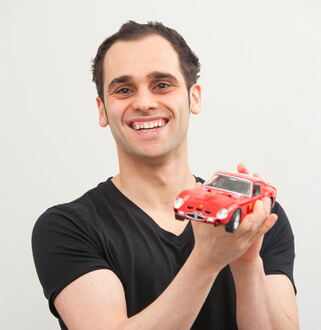
Benedetto is an enthusiastic creative and business person.
His journey has taken him from a career in car design through to his current role as the Founder of the loft – A Design & Branding Agency based in the heart of Glasgow.
He is honoured to manage a great team, work with great clients and have a lot of fun mixing with so many great people in business.
<<< To see more of the loft’s brand solutions
For more information on brand-building by Benedetto >>>

